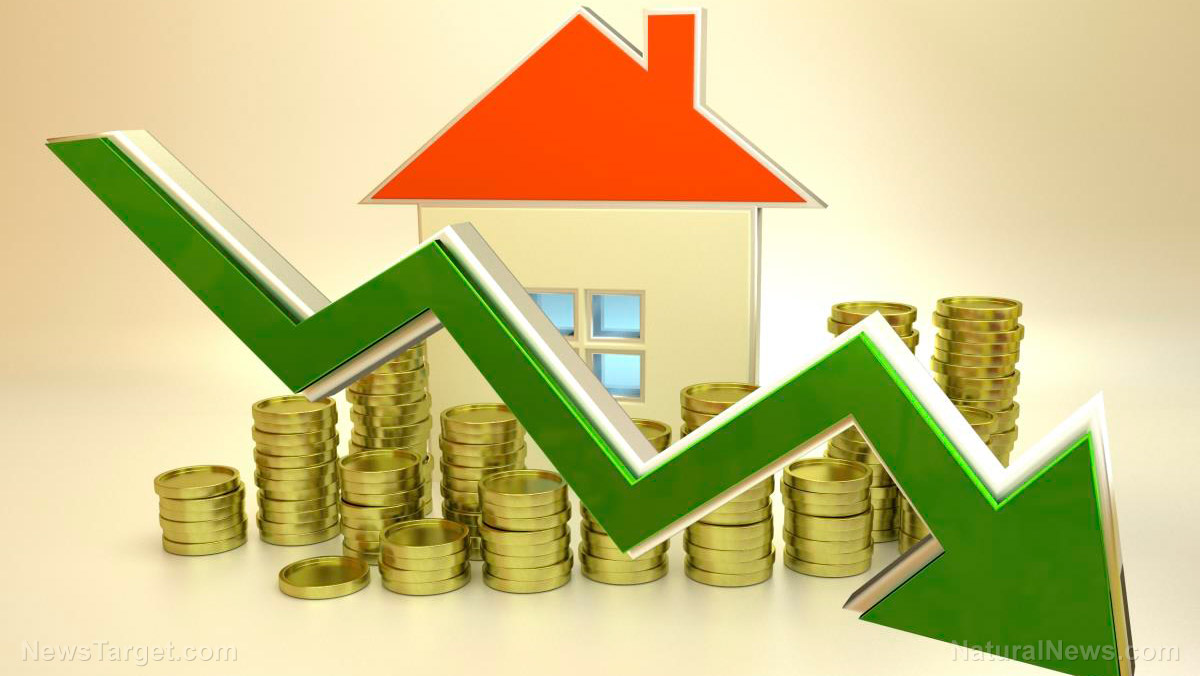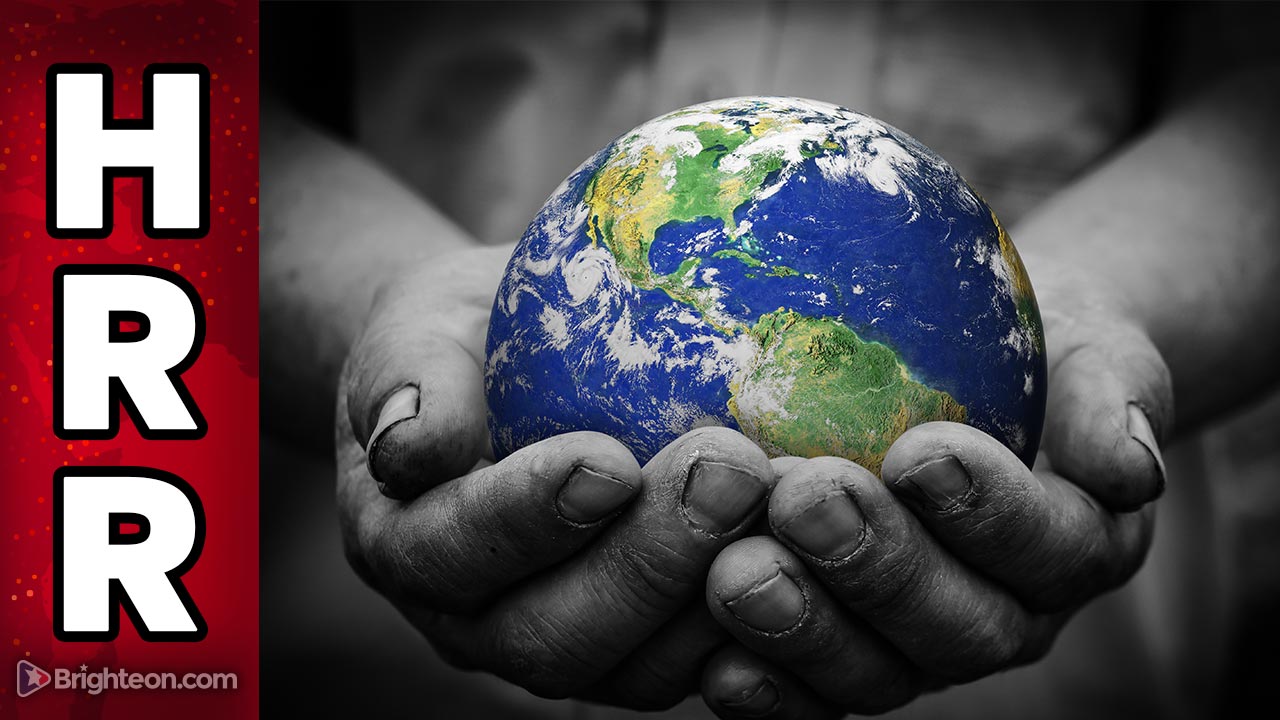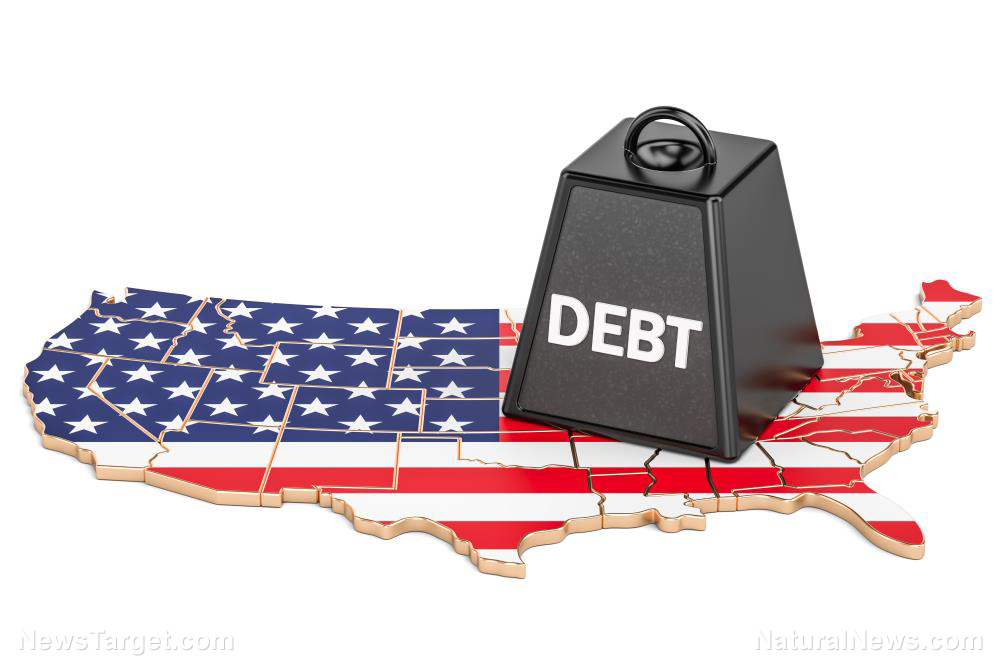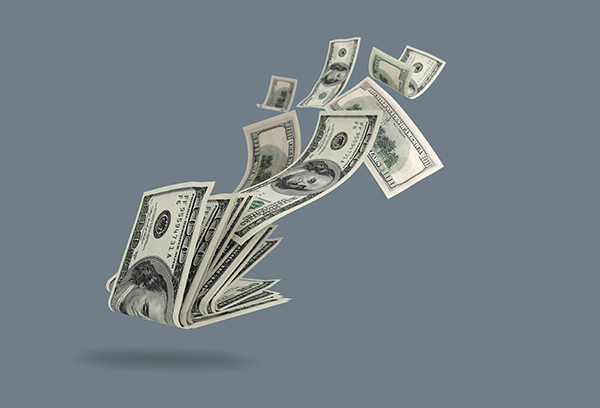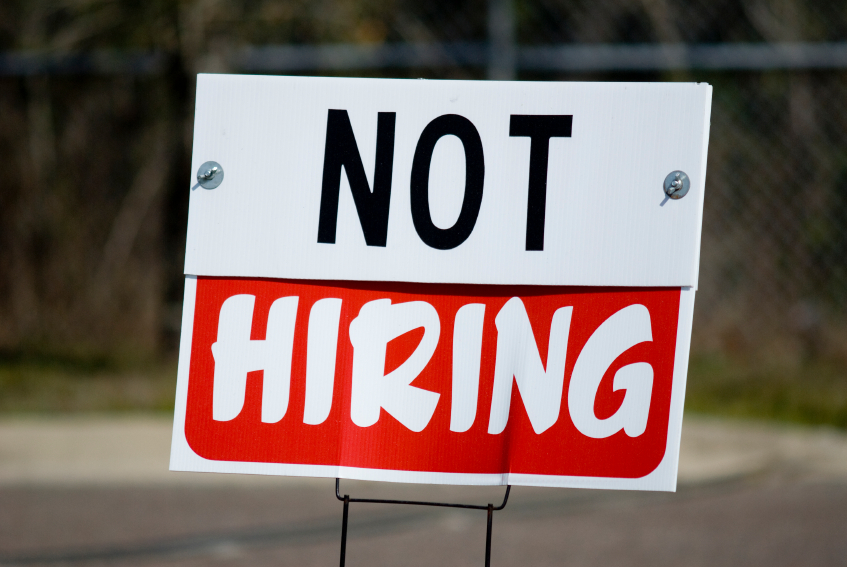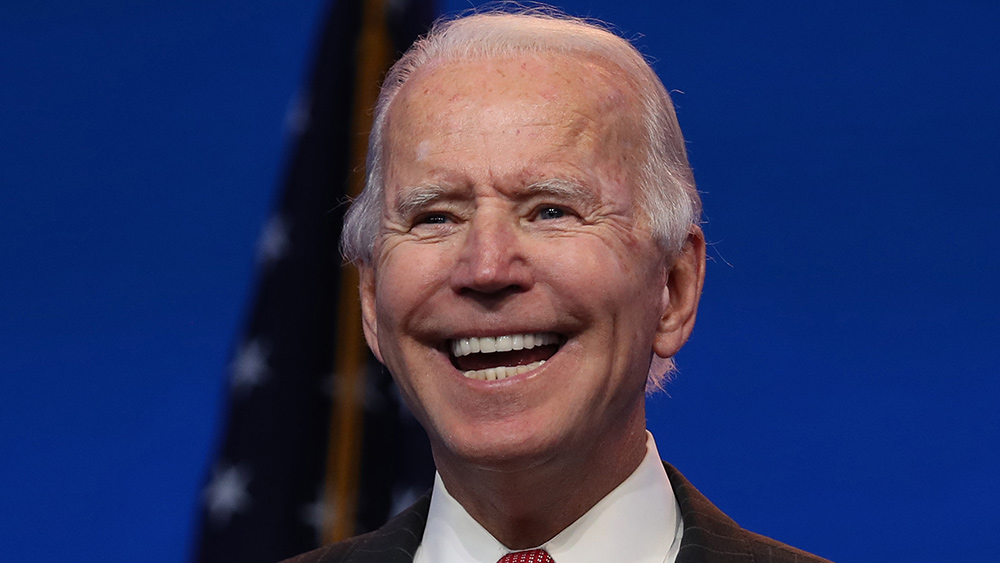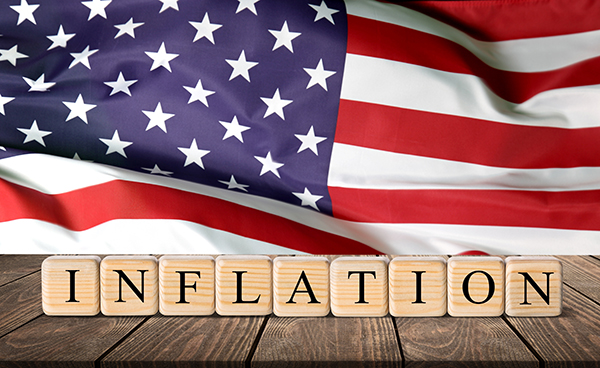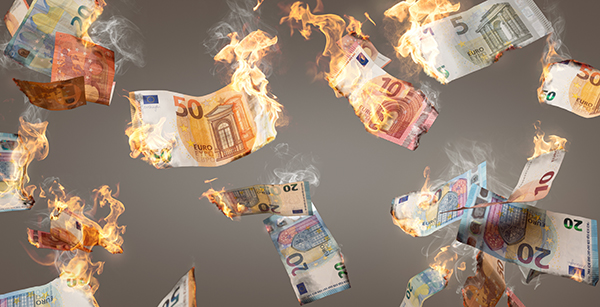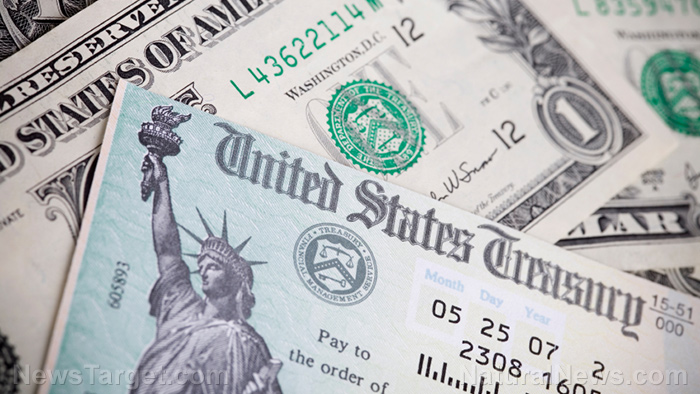More Americans are living paycheck to paycheck as inflation persists
08/05/2022 / By Cassie B.

A recent report shows that almost two thirds of Americans are now living paycheck to paycheck, with even the nation’s top earners being stretched thin thanks to rising inflation and increased costs.
The new LendingClub report found that as of June, 61 percent of Americans are now living paycheck to paycheck, up from the 58 percent who said the same in May. The figure was just 55 percent a year ago.
This is not just a problem that is affecting lower earners, however. Among those who earn $200,000 or more, 36 percent of people are now living paycheck to paycheck. Overall, around 157 million American adults are currently struggling as inflation causes economic hardship across income levels.
The nation’s average hourly earnings have risen 5.1 percent over a year ago, but Americans have not been able to enjoy this extra money as prices have been rising at an even faster pace, particularly when it comes to gas and groceries. The Consumer Price Index, which measures the average change in prices of a range of consumer goods and services, rose by 9.1 percent in June, marking the quickest rise seen since 1981.
Meanwhile, another important gauge of inflation, the Personal Consumption Expenditures Price Index, climbed by 6.8 percent in its biggest 12-month move on record since 1982. This index tracks the price changes in services and goods consumed by all households.
Americans are dipping into savings and taking on more debt to make ends meet
The data from these indices indicates that Americans are now spending much more money than before covering monthly expenses, sending many to dip into savings and fall into even deeper debt. Average savings among American consumers dropped from $11,274 in May to $10,757 in June, according to LendingClub.
Meanwhile, a Bankrate survey carried out in early June found that 23 percent of Americans do not have any emergency savings, while 28 percent say they have some savings, but it would not be enough to cover three months worth of expenses.
Americans are also taking on more debt to get by, with many carrying higher monthly balances on their credit cards. On Tuesday, the New York Federal Reserve said that household debt in the U.S. has exceeded $16 trillion for the first time in history, while credit card balances rose by $46 billion last quarter. Credit card debt rose by $100 billion in the U.S. during the past year in an increase of 13 percent – the highest jump seen in more than two decades.
According to the New York Fed, this credit card data reflects the struggles many are encountering amid persistent inflation. With prices climbing at their quickest pace in more than 40 years, it is only natural for borrowing to go up.
At the same time, however, the Fed is raising borrowing costs aggressively due to inflation, which means it is now more expensive for Americans to carry a credit card balance. Last week, they raised their benchmark interest rate by ¾ of a percentage point for the second time in two months.
It’s not just credit card balances that are on the rise; Americans also opened up 233 million new credit card accounts in the second quarter of this year, which is the highest number since 2008. The delinquency transition rate on credit cards and car loans is also rising, particularly in low-income areas.
The report noted: “With the supportive policies of the pandemic mostly in the past, there are pockets of borrowers who are beginning to show some distress on their debt.”
Sources for this article include:
Submit a correction >>
Tagged Under:
currency crash, debt, debt bomb, dollar demise, economic collapse, economy, finance, Inflation, money supply, savings
This article may contain statements that reflect the opinion of the author
Get independent news alerts on natural cures, food lab tests, cannabis medicine, science, robotics, drones, privacy and more from NewsTarget.com
Get independent news alerts on natural cures, food lab tests, cannabis medicine, science, robotics, drones, privacy and more from NewsTarget.com
RECENT NEWS & ARTICLES
COPYRIGHT © 2017 DEBT COLLAPSE NEWS

